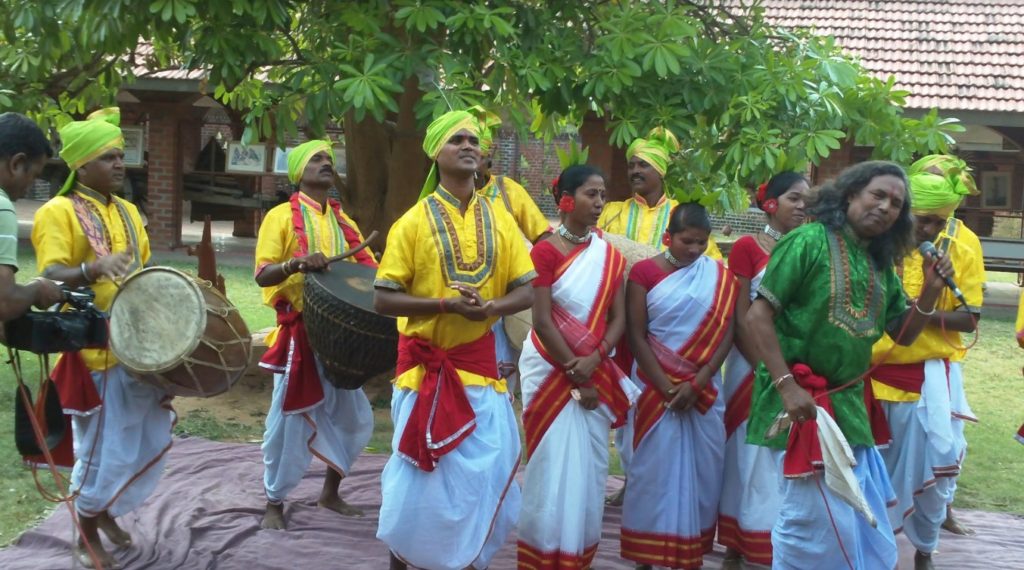
It is believed that music has been in existence even before language was discovered by humans. Music, which is an inseparable entity for the tribal world. It is that primeval and collective consciousness of the tribal society which gives rise to peculiar musical traditions; the traditions which eventually created a foundation for the rest of the musical streams. Thus, it becomes important to look into the structure and texture of Tribal Music, which is fortunately still a living musical tradition in India. A few musicologists address it as – Adim Sangeet

Understanding Adim Sangeet (Tribal/Primeval Music) It is observed that tribal tones connect deeply to our own primeval consciousness. These tribal tones are representative of the indigenous society’s character, hence it is more appropriate to call this music primeval instead of primitive. Primeval music has definitely stepped away from the prose. It has almost become ‘Singing’ but, only ‘almost’, since, it is yet to be a full-fledged singing in the proper meaning of that word. It effortlessly alternates between speech and singing.

Objectives: The sole aim of Tribal music is not just to provide entertainment. Sometimes, it is used to relieve oneself from the tensions and pains arising out of the mundane living, at other times it simply comes out in response to the changing moods and seasons of the surrounding nature, which, also, are integral parts of these societies. Music also plays a role while appealing to the deities and supernatural forces, to accompany the rituals or just to convey the wishes to these powers. As an extension of this, music is an important part of celebrations or marking socio-religious events within the community.
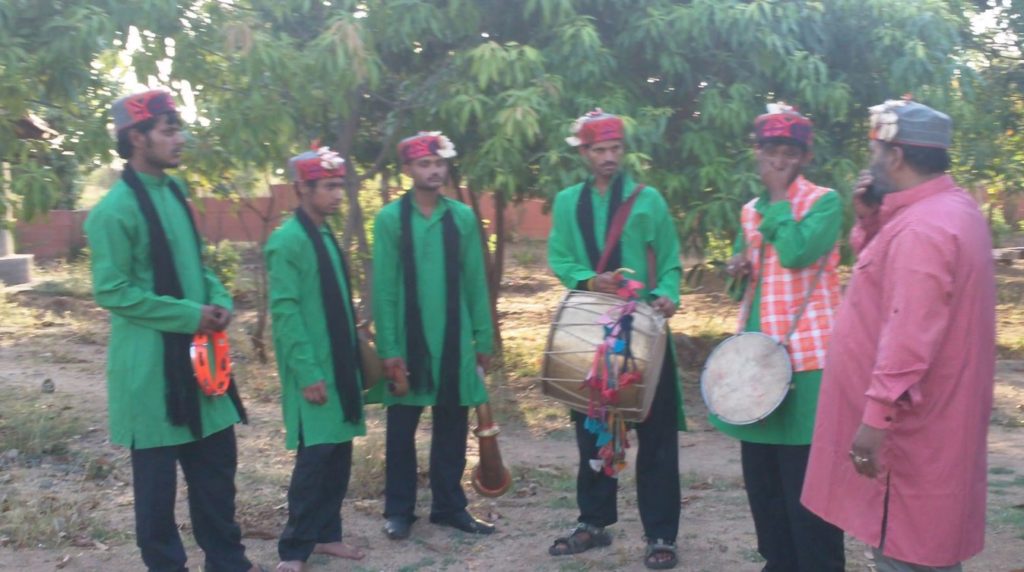
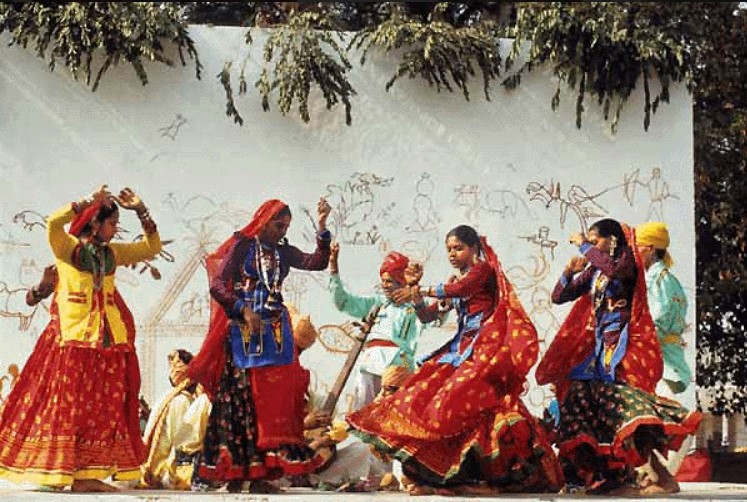
Human body becomes an instrument, a medium for performance. Especially through touch. Clapping, moving feet to the beat or holding hands with other members of the community is invariably a part of the musical renderings. This eliminates the dependence on the external factors like instruments etc.
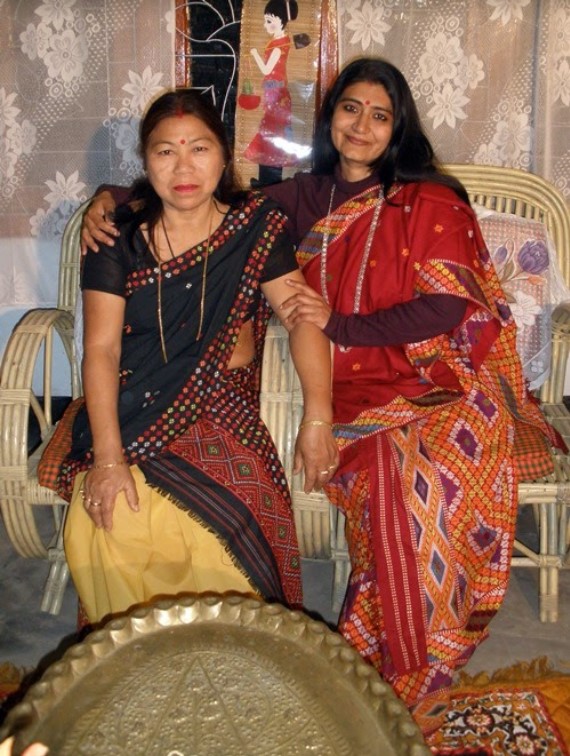
Adim Sangeet, by nature, is not inclined to be person dependent. It flows from the community and belongs to the community. As such, the original creators of the musical compositions are not of importance and hence they remain unknown. Music more often is born out of the collective consciousness Singing, playing instruments & dancing form the basis of music together and are done simultaneously. Also, due to the collective and congregational nature of these societies, all of these are performed by a group, rather than by an individual.
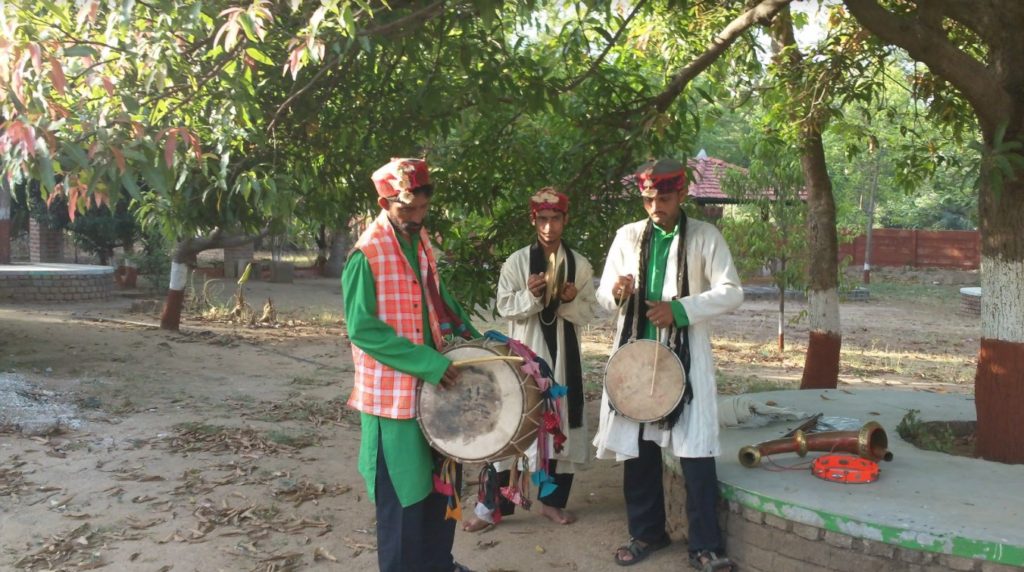
There is music, associated with every phase of the entire life cycle, from cradle to the grave. In fact, music becomes a major component while marking these events.
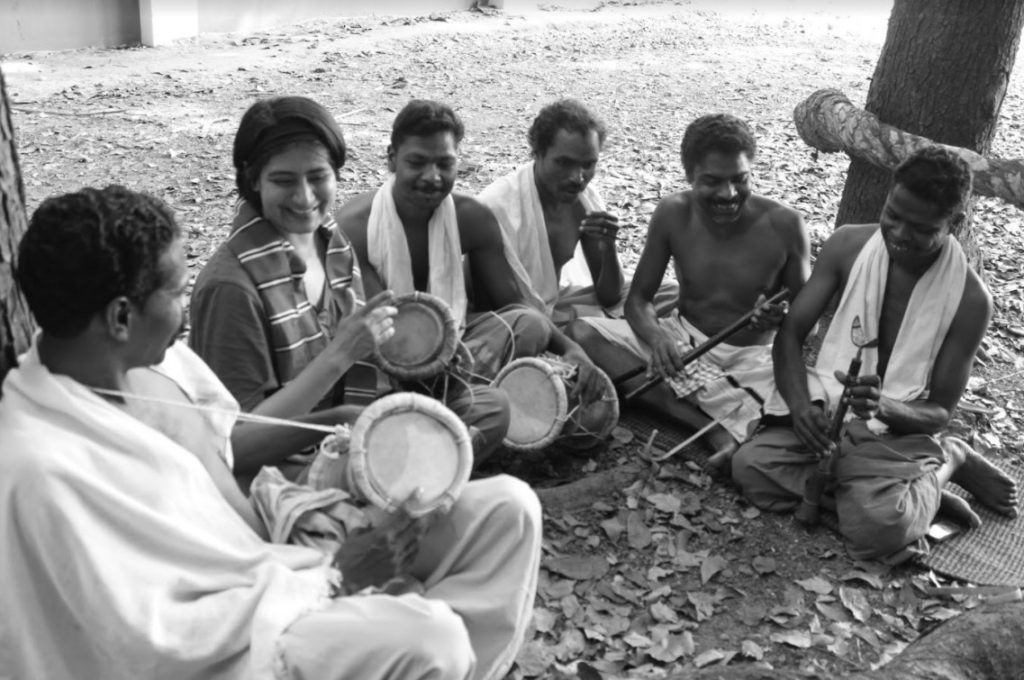
In order to understand Tribal music, one has to first understand their geographical, social and cultural context. The reverse is equally true. To understand this is a difficult task as the relationship between culture and music is complex. Further, to understand this relationship, a scholar has to spend a long span of time with the respective community, to become a part of its internal existence and collect a huge amount of data. It is only then that a researcher can reach a theoretical premise/conclusion. It is nearly impossible to understand or fathom all dimensions of culture-music- ethnology in a single life.
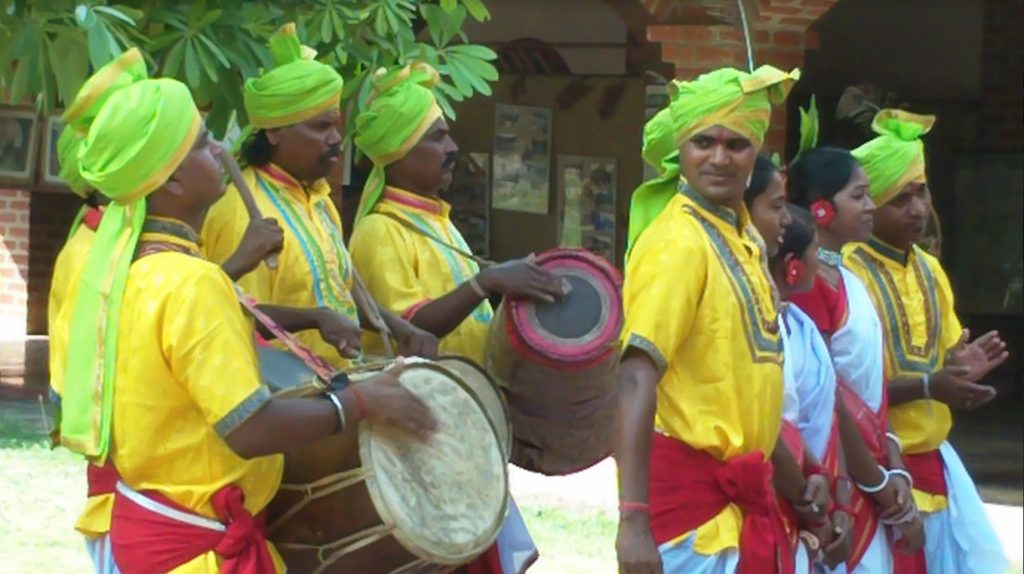
While working on the field, singing the folksongs of the tribes, interacting with the scholars, speaking to the community artists and travelling deep into interiors of India, one realizes strongly that induced urbanization is affecting the indigenous culture and changing its face very fast. It is indeed a pressing need, to preserve and propagate these rapidly diminishing traditions and their diversity. Not just as museum pieces, but as living traditions. History witnesses the fact that whenever an indigenous knowledge system meets any contemporary thought which is supported by science and technology, a new idiom of living / art is created in all aspects of human society. Hence, it is of utmost urgency that these folk-music traditions are not only supported but also respected and given their rightful place among the various streams of music.

This photo essay is brought to you in collaboration with Sthalantar Foundation (@sthalantarfoundation)

